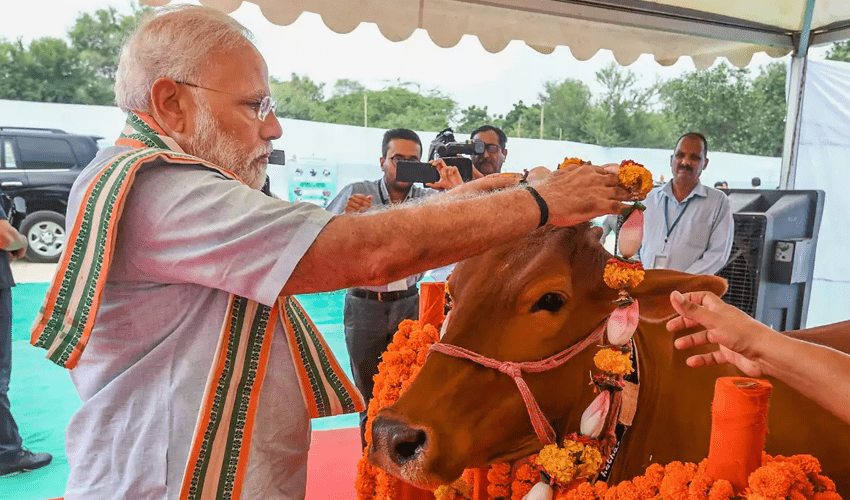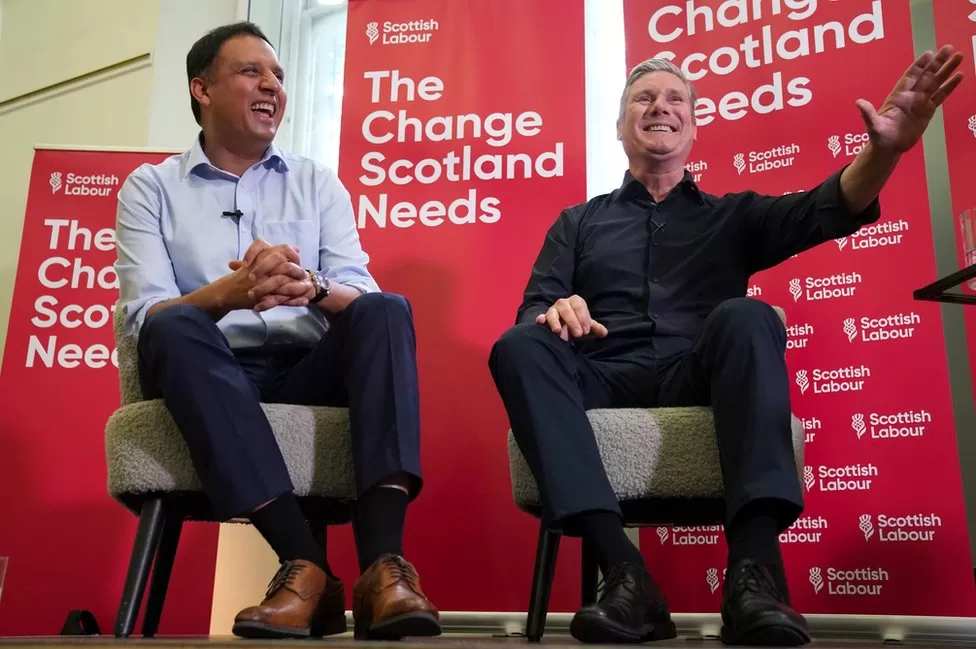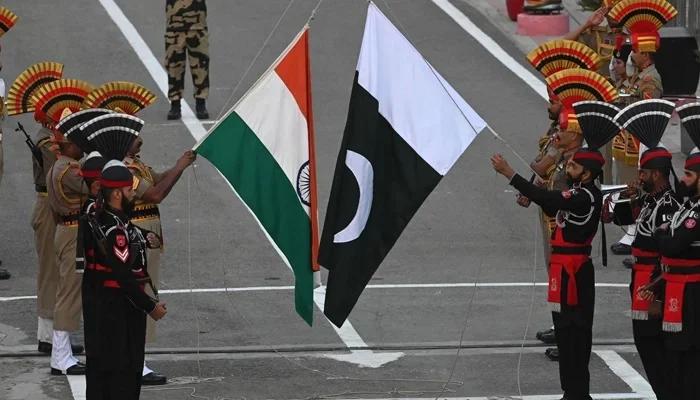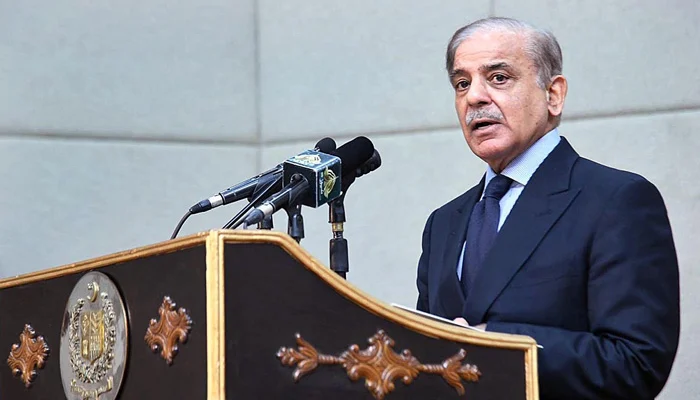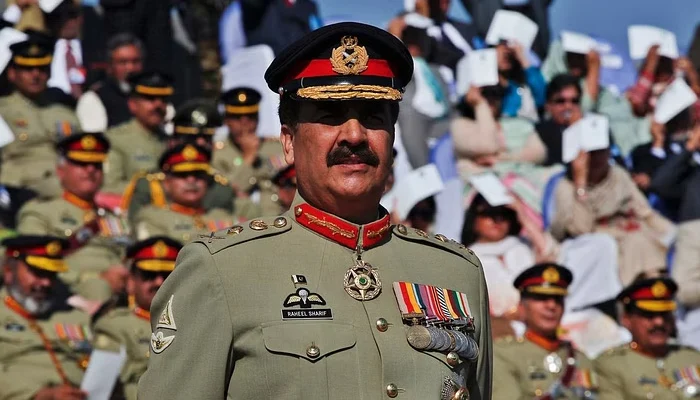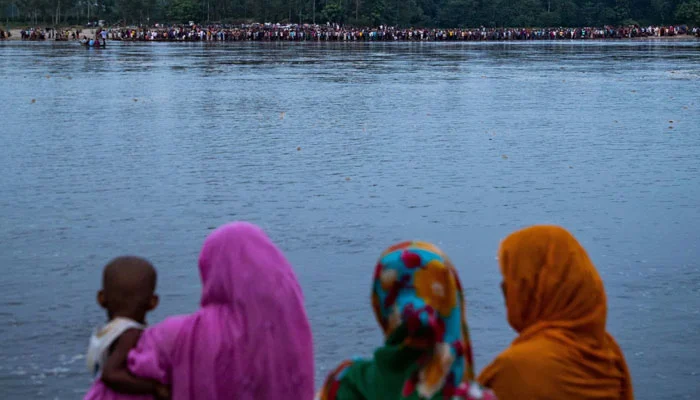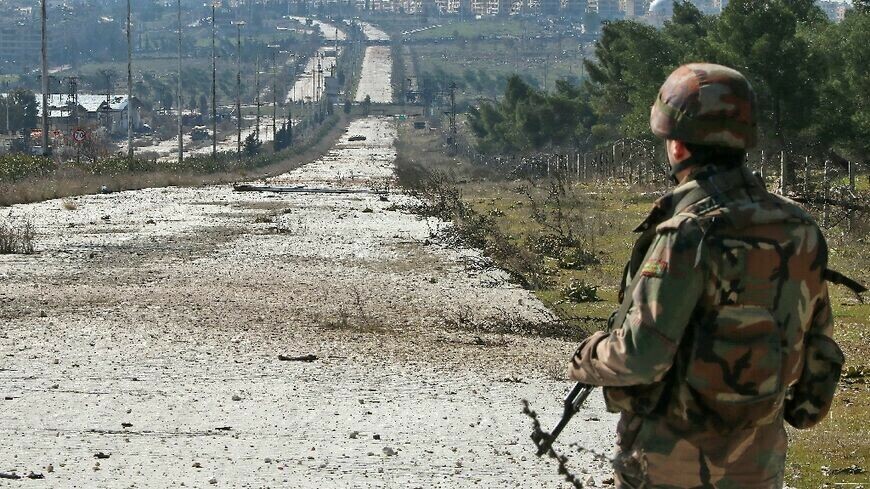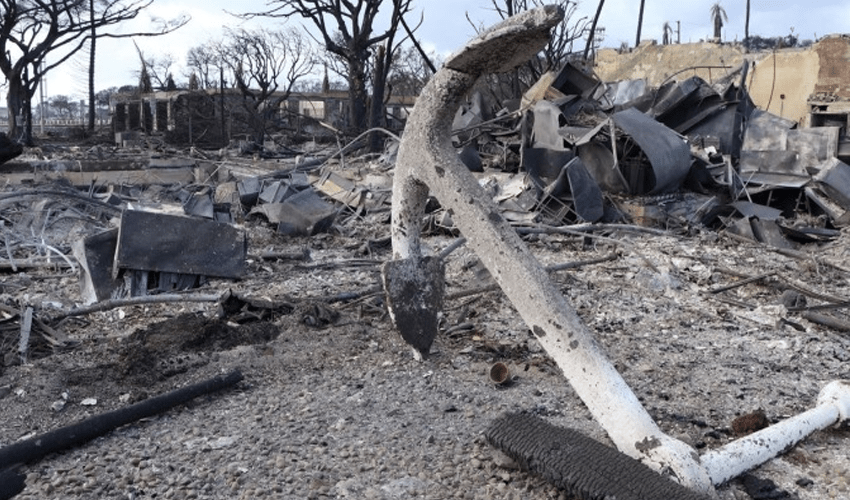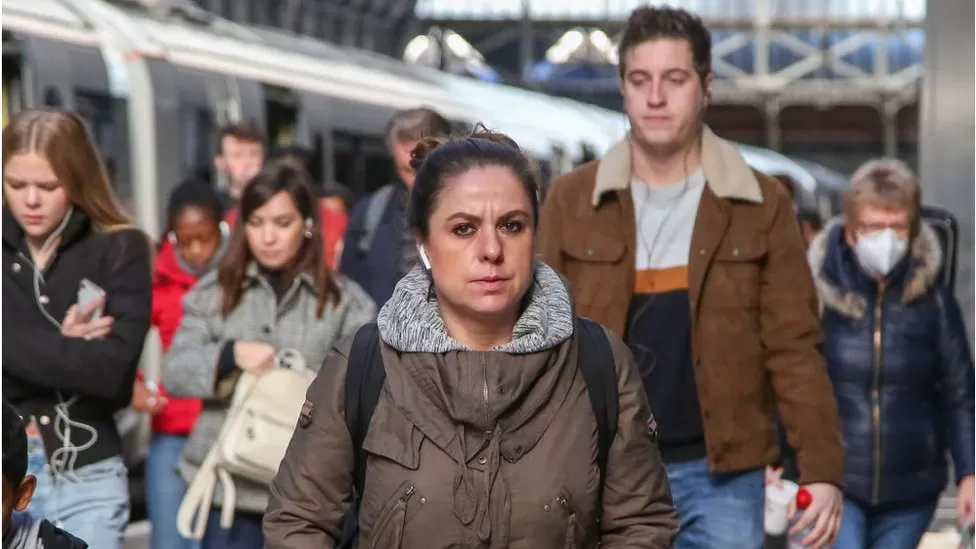India’s sacred cows have taken precedence over human lives under the tenure of Narendra Mod
International organizations are sounding alarms as reports emerge detailing a string of horrifying incidents involving the martyrdom of hundreds of Muslims in the name of “Gau Raksha,” or cow protection.
According to data compiled by Reuters, a staggering 850 Muslims have lost their lives at the hands of Hindu extremists who claim to be protecting cows. The rise in these incidents has been exponential since Modi took office in 2014.
Between 2014 and 2018, there were 63 attacks by self-proclaimed “Gau Rakshaks,” resulting in the deaths of 44 Muslims and injuries to 124 others. However, these numbers have seen a horrifying escalation, with over 200 attacks recorded by August 2022 and the death toll reaching a shocking 850.
Disturbingly, this wave of violence shows no signs of abating.
The Indian Express reports the presence of around 200 Go Rakshak Brigades solely in Delhi, while an earlier 2016 investigation by The Guardian suggested that there are more than 5,000 such groups across the nation.
These groups, often aligned with or supported by the Bharatiya Janata Party (BJP), have taken it upon themselves to be self-appointed defenders of the cow.
What’s more unsettling is the complicity of media silence on these grave matters.
Between 2015 and 2018, there were a staggering 71 attacks by cow vigilantes. However, the Modi-controlled media reported only a mere four of these incidents.
One particularly heinous incident that sent shockwaves through the nation and the world occurred earlier this year in Rajasthan’s Bharatpur district. In February, two Muslims were mercilessly burnt alive by extremists, casting an alarming light on the extent of the brutality committed in the name of cow protection.
With mounting evidence pointing towards BJP support or alliance with such groups, questions arise about the nation’s leadership and their commitment to preserving India’s secular fabric.
In a symbolic gesture of state-endorsed extremism, the government of Haryana in 2021 officially entrusted the task of protecting the revered “Cow Mata” to the Cow Rakshak Brigade of the controversial Mono Maser Bajrang Dal.
Who is a Gau Rakshak?
The first organized Hindu cow protection movement in India started with a Sikh group in Punjab around 1870.
In 1882, a Hindu religious leader named Dayanand Saraswati founded the first cow protection committee, as reported by the BBC in 2015.
The Bhartiya Gau Raksha Dal (BGRD), an organization focused on protecting cows, has around 6,000 full-time members, mostly men and mostly from the Brahmin community.
They work all over India, especially in states like Haryana, Punjab, Uttar Pradesh, and Gujarat.
Sometimes, these cow protectors use violence, which has made the news since the Bharatiya Janata Party (BJP)-led government came to power in May 2014.
On July 11th, in Gujarat’s Una town, cow protectors tied up and beat four Dalit men with iron rods because they were skinning a dead cow.
This kind of vigilantism turned deadly in September 2015 when a mob killed a 55-year-old Muslim man and seriously injured his son, accusing them of slaughtering a cow.
Since then, these cow protectors have been making frequent headlines.
Just in March, there were at least eight cases of violence reported to the police in Gurgaon, where vigilante groups were involved. In June, a video came out showing members of a group called the Gau Rakshak Dal in Gurgaon forcing two men to eat a mixture made from cow dung, urine, milk, curd, and ghee because they were suspected of transporting beef.
The BGRD was established in 2012 and claims to have saved the lives of 11,000 cows in Delhi, Maharashtra, Bihar, and Uttar Pradesh. It’s even registered as a company by the Union Ministry of Corporate Affairs. One of the things they want to do, as mentioned on their website, is to create a research center and a practicing center for treating critical ailments using cow urine.
In Gujarat alone, about 200 cow vigilante groups have emerged, as reported by The Hindu on July 22.


